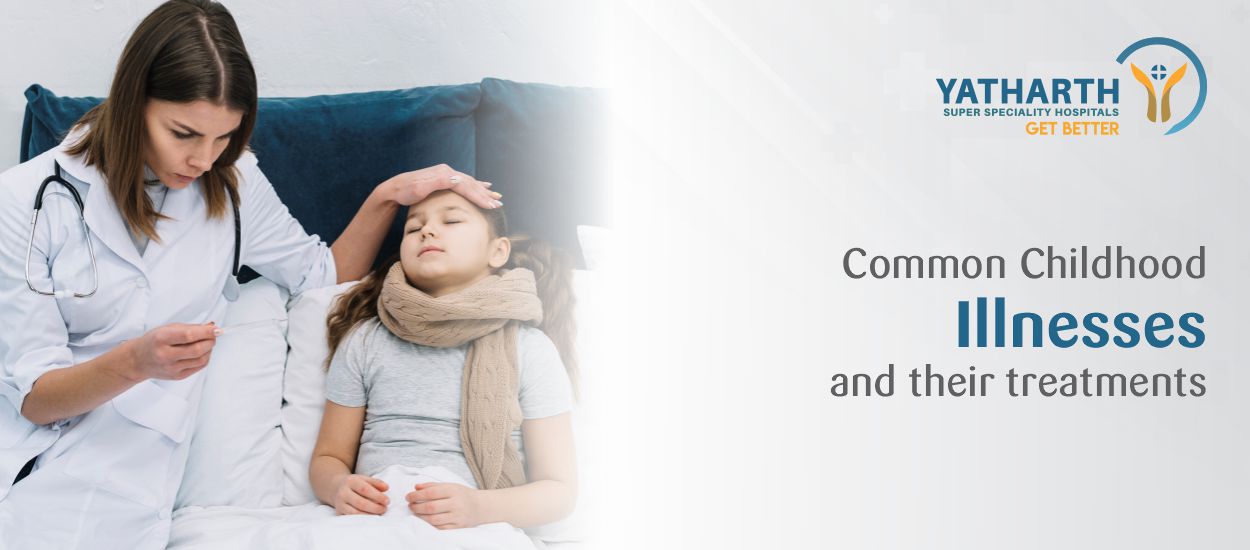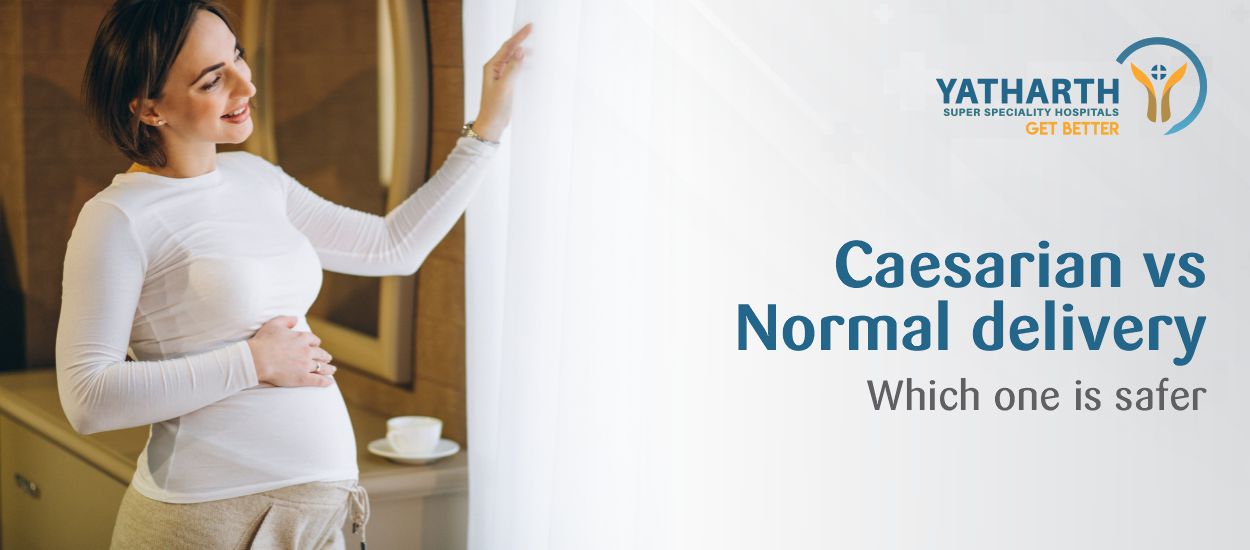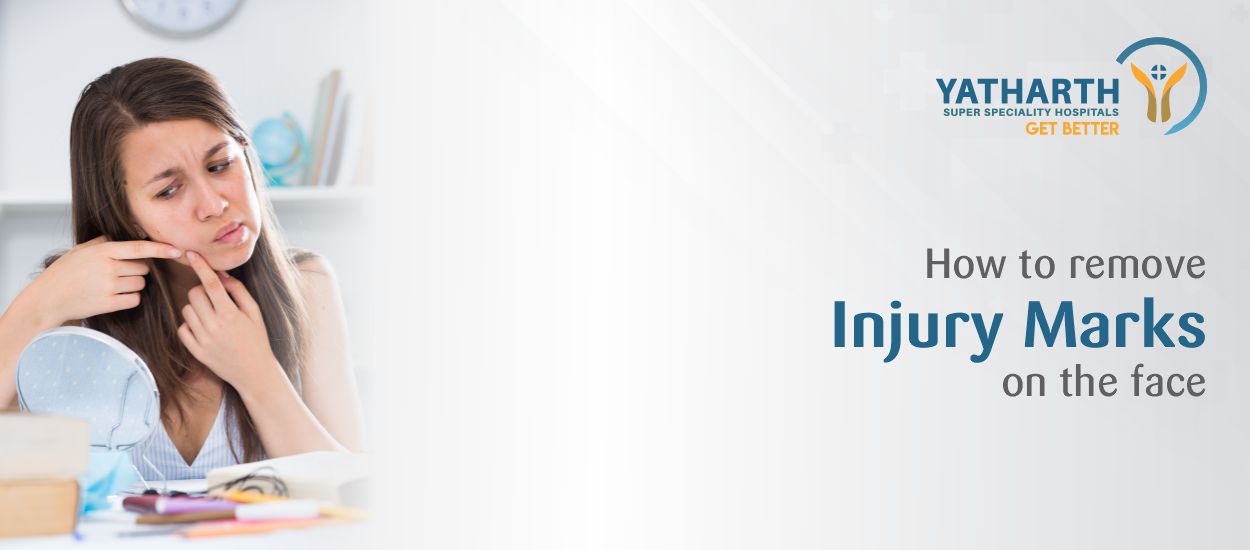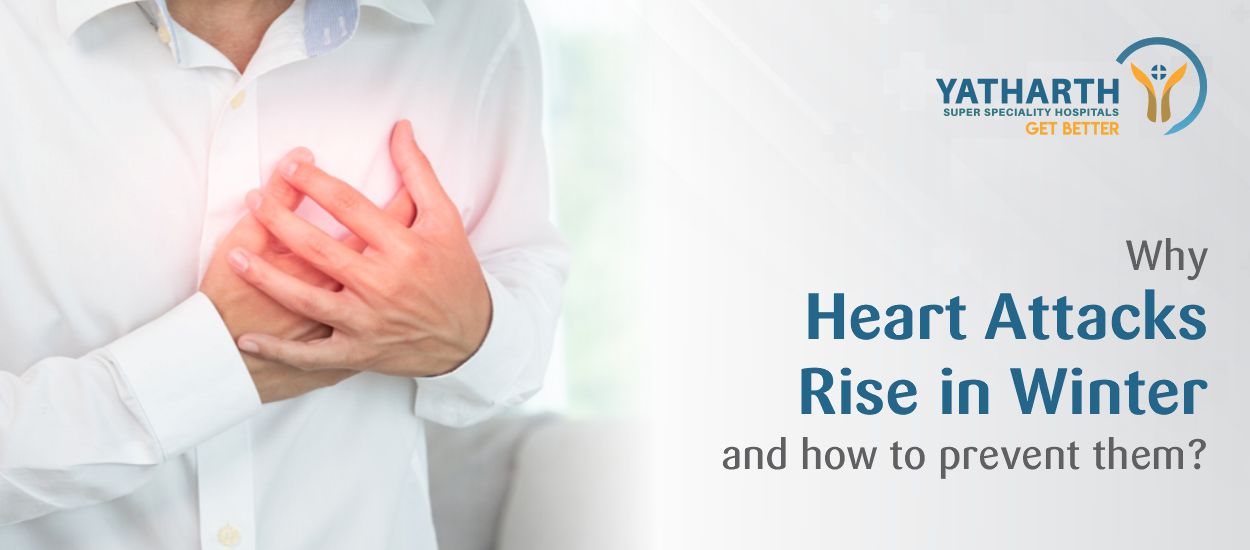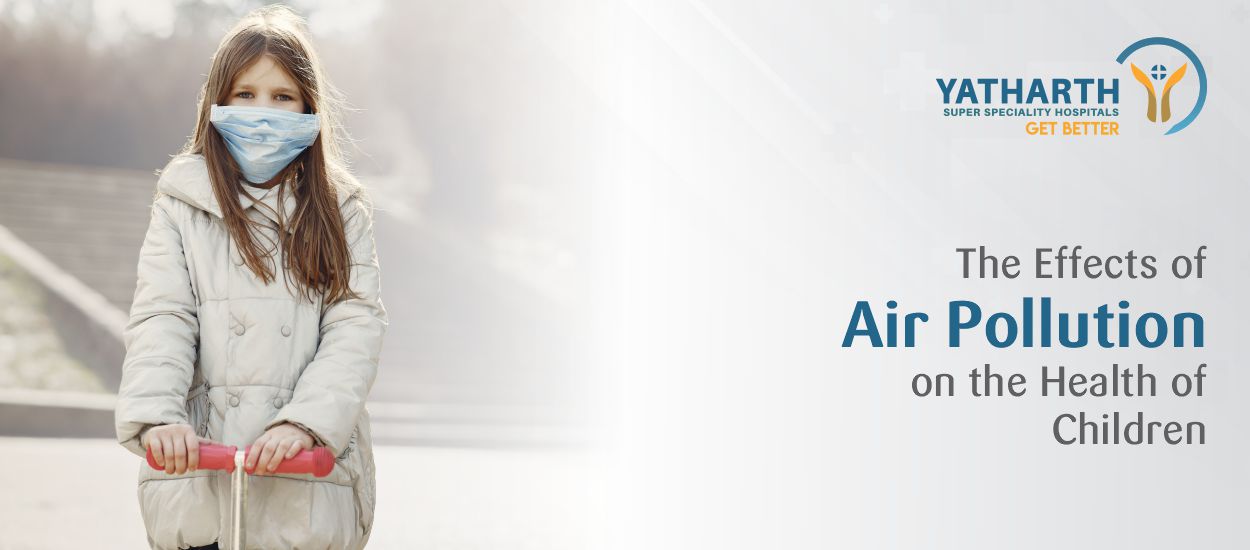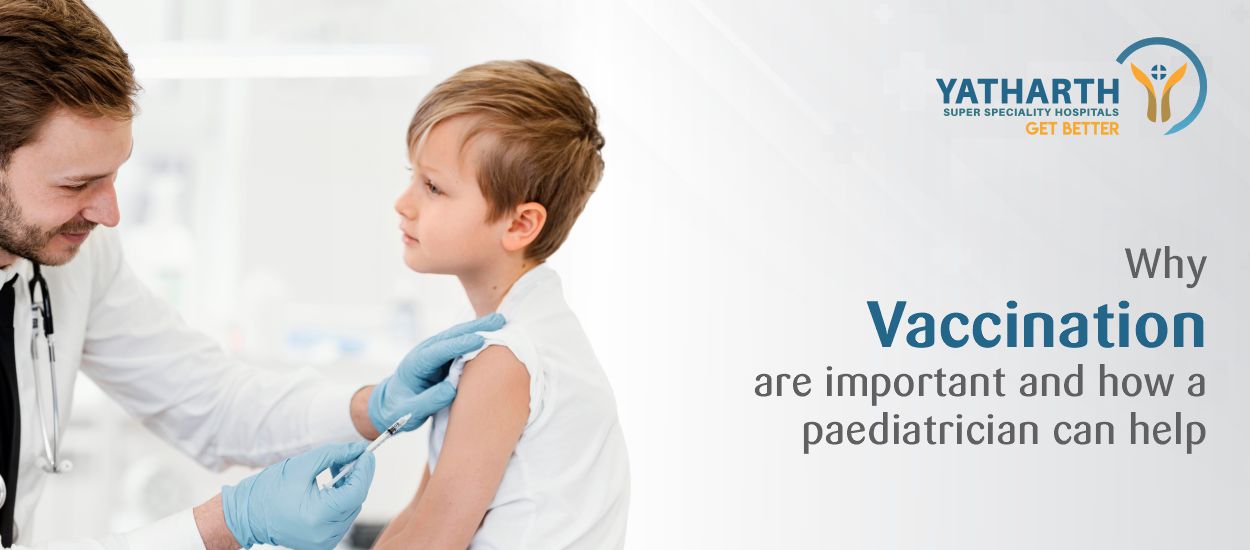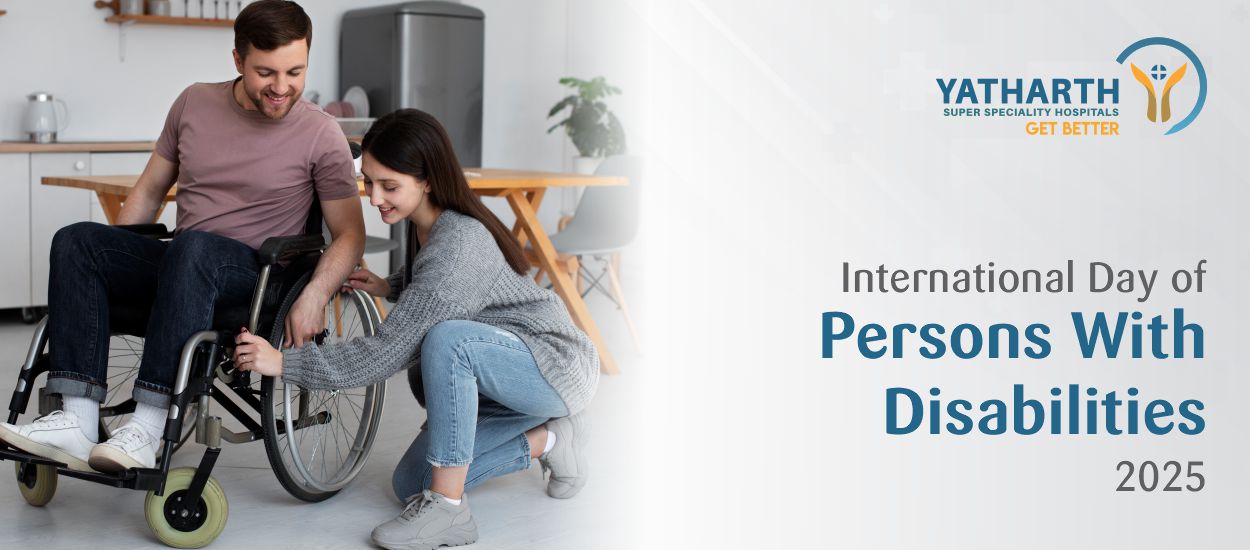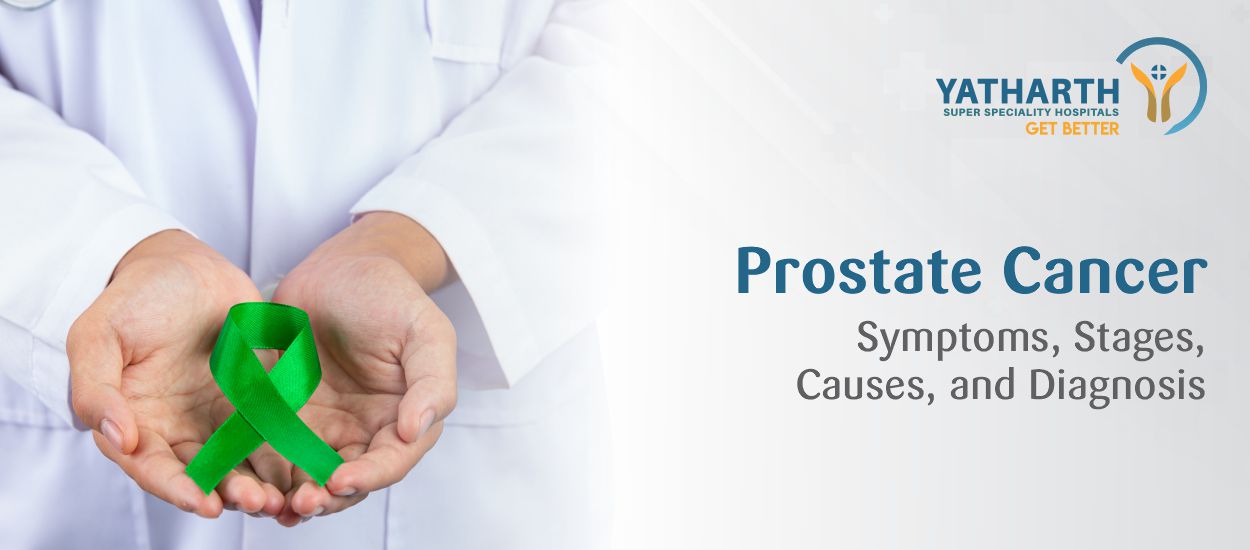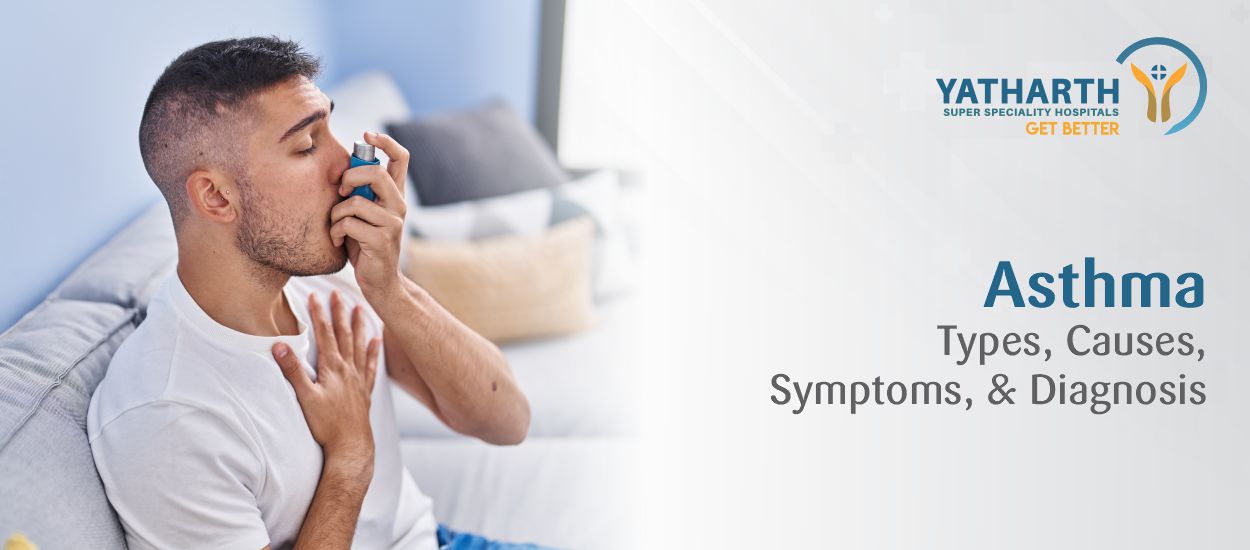Childhood Illnesses: 10 Most Common Conditions in Children
Did you know children tend to fall sick about seven to eight times a year? There could be multiple reasons for this, but it is primarily concerned with an underdeveloped immune system. Children are also susceptible to many germs when exposed to activities in school or childcare facilities. However, as parents, it is imperative to keep track of common childhood illnesses and their treatments. This knowledge will help prevent the disease's spread or enhancement to a severe stage.
These treatments are great for parents to consider; however, it is strongly recommended to consult a child specialist to determine further course of action.

Here are the ten common childhood illnesses and treatment recommendations for the same:
1. Common Cold and Influenza
Common colds and the flu have many similar symptoms, but they are both caused by different viruses. Influenza virus causes the flu; on the other hand, multiple viruses can cause a common cold. The flu is generally considered to be more severe because the symptoms are more varied and could lead to serious complications.
Treatment options:
a. Keep your child hydrated with enough water or low-sugar juice alternatives
b. Make use of nasal sprays as directed by your doctors for clearing up nasal congestion
c. Ensure to give your child an ample amount of rest
It is essential to check with your pediatrician before giving any over-the-counter medication to your children. This is because some medications may have side effects, and the dosage may also depend on your child's age and weight.
2. Ear infections
Ear infections are another common childhood illness. It is caused when bacteria or viruses infect the space behind the eardrum. These ear infections can be extremely painful for children. In some cases, the 'middle ear' is filled with pus and pushes on the eardrum, resulting in many discomforts. Common symptoms of this condition include pain in the ear, but in some cases, one may also have a fever or difficulty sleeping.
Treatment options:
- Consult the child specialist to determine if any medication for fever and pain can be given
- Place a cold compress on the outer area of the ear for 10-20 minutes. Alternatively, a warm washcloth may also be used.
- Elevate the child's head to ease some pressure.
3. Bronchitis and Bronchiolitis
Bronchitis involves an inflammation of the lungs due to the overproduction of mucus. It is typically caused by viruses, though in some cases, it could be caused by bacteria. On the other hand, Bronchiolitis is a viral infection where the lungs swell up and result in difficulty in breathing for children. If the child is making a wheezing sound or swallowing challenging, getting them checked for a lung infection is best. Other symptoms of this condition include sneezing, running or a blocked nose, lack of energy, fever, and frequent coughing.
Treatment options:
- Make sure the child is consuming plenty of fluids
- For easing nasal congestion, make use of saline drops
- If the symptoms persist, consult a doctor to prescribe bronchodilators or anti-inflammatory drugs.
4. Hand-Foot-and-Mouth disease
This is a contagious yet mild childhood illness. Symptoms include rashes on hands, feet, and diaper areas combined with ulcers in the throat, tongue, and mouth. These symptoms may be accompanied by fever and loss of appetite. It is a contagious disease; hence, it can spread through direct contact with nasal discharge, saliva, or fluid released from the rashes. Even though the symptoms can be elaborate, this viral infection usually lasts only a few days.
Treatment options:
- If the child faces difficulty in eating regular food, switch to a soft diet
- Keep the child hydrated with plenty of water
- Consult a pediatrician for medications to relieve the fever.
5. Gastroenteritis
Gastroenteritis is an infection caused by bacteria or viruses in the intestine or stomach. This infection may not be specific to childhood, but children get affected by it quite often. The infection can spread when children touch contaminated objects and then touch their food or mouth. The infection can also spread if they share drinks with those who are infected. Symptoms include vomiting, diarrhea, fever, abdominal pain, body aches, and loss of appetite combined with bloating. Vomiting and diarrhea can lead to severe dehydration, which needs to be treated with oral rehydration solutions.
Treatment options:
- Lookout for signs of dehydration and offer fluids consistently
- Treat mild cases of dehydration through oral rehydration options available at the chemist
- Consult a doctor in the case of severe dehydration complications.
6. Eczema
Unlike other childhood illnesses mentioned above, eczema is not infectious. Eczema is common in children with a family history of it or suffering from other conditions like asthma or hay fever. Typically, children with eczema have dry, bumpy, itchy, and inflamed skin. Most of the rashes appear on the cheek, scalp, or forehead. In some cases, the rashes could also spread out to the knees, elbows, and trunk.
Treatment options:
- Keep out irritants and prevent dryness by moisturizing your child's skin regularly to control flare-ups
- Make the child wear soft, cotton clothing
- Eliminate allergens from around your home, including pollen, tobacco smoke, and mold
- Use over-the-counter medication or the ones prescribed by your doctor as ointments
7. Asthma
It may not be easy to determine if a child who is wheezing or coughing also has asthma or other respiratory problems. This could be mistaken for a regular cold or cough. However, one of the main symptoms of asthma includes frequent coughing, which is even worse during a viral infection. Other symptoms include having a wheezing sound when breathing out, chest congestion, and shortness of breath. Asthma may lead to tiredness, lack of sleep, or delayed recovery from a respiratory infection.
Treatment options:
- Do not expose the child to triggers like tobacco smoke, dust mites, or pollen.
- If the child is overweight, the symptoms might worsen, leading to more complications; hence try to maintain a healthy weight.
- Consult with the paediatrician for guidance on oral or long-term controlled medications.
8. Allergic Rhinitis
Whenever kids are exposed to allergens, it triggers the release of histamine and various other chemicals in the body. These can cause allergy-specific symptoms like runny nose, nasal congestion, infections in the ear, wheezing, coughing, nosebleeds, and even sore throat.
Treatment options:
- Have strong control over the child's environment and eliminate as many allergens as possible
- Reduce the playtime with soft toys and on carpets to lessen the number of dust mites
9. Constipation
Constipation is easy to determine; if your child has less than three bowel movements or if the poo is hard and large, they may be constipated. Another sign could be the child struggling to poo or if there is bleeding during or after pooping. Constipation is common in children and is caused by insufficient high-fiber foods or insufficient water consumption.
Treatment options:
- Incorporate fibrous foods like vegetables and fruit in your children's diet
- Encourage physical activity to boost the natural stimulation of intestine movements to further process bowel movements.
10. Chickenpox
Chickenpox is a common childhood illness that is a viral infection caused by the varicella-zoster virus. It leads to itchy rashes all over the body and is accompanied by small fluid-filled blisters. It is highly contagious in nature unless your child is vaccinated for the same. Other symptoms include loss of appetite, fever, and general fatigue. The duration of the rashes could be for a few days after being exposed to the virus. When the blisters break and leak, they form scabs that can take several days to heal. Chickenpox is considered a mild disease, but in some cases, it may lead to vomiting and loss of muscle coordination.
Treatment options:
- Make generous use of calamine lotion to relieve itching
- To minimize scratching of the blisters, trim your child's fingernails
- If there are blisters around the mouth, avoid acidic, spicy, or salty foods.
- Consult a doctor for antiviral medication; this depends on the child's age and the treatment's timing.
Children are most susceptible to multiple illnesses in their childhood because their immunity is not well-developed. Most of these illnesses, if contagious in nature, can quickly spread through contact in school. As parents, it's crucial to imbibe suitable precautions from the right age to avoid complications.
Yatharth hospitals have some of the best pediatrician in Greater Noida If your child experiences any symptoms that may seem irregular, you must consult our doctors for diagnosis and treatment.
